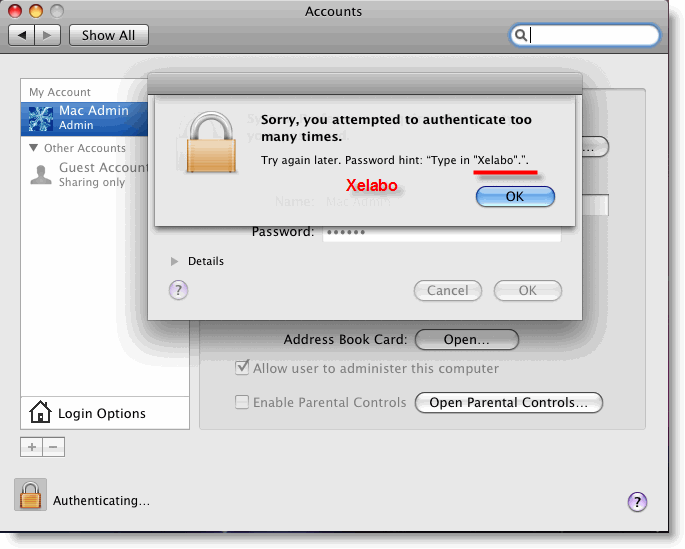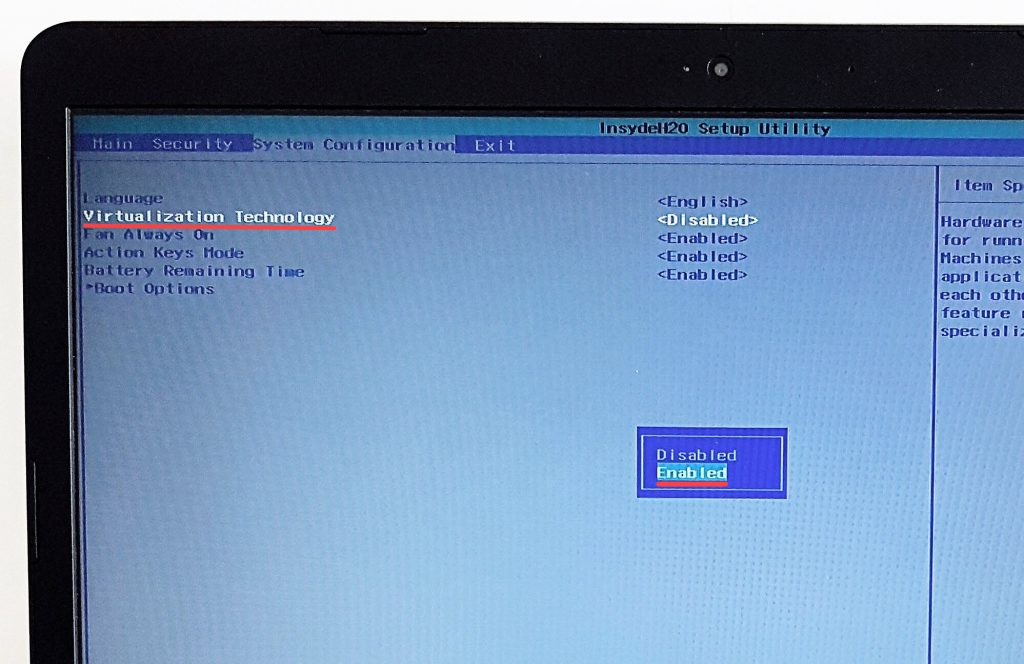

Until recently the official builds were done using Xcode 6.2 (you may use the tools/darwin.amd64/bin/ script to 'install' the necessary bits on later OS X versions).Īfter installing MacPorts, do not forget to make sure the following two lines are in your ~/.profile or ~/.zprofile file and actually loaded in the shell you're using:Įxport PATH=/opt/local/bin:/opt/local/sbin:$PATHĮxport MANPATH=/opt/local/share/man:$MANPATH Xcode matching your Mac OS X version ( ).10.10.x (Yosemite) or later running on Intel hardware (PowerPC hardware is not supported nor is building an X11 variant).

First of all we have to download di amd64 iso from įill the tabs with the right configuration that makes you OS.Mac OS X build instructions Prerequisites on Mac OS X To give it a try I’ve installed Kali Linux (amd64 built) inside a VM. Purchasing the App Store version directly funds the development of UTM. The only advantage of the Mac App Store version is that you can get automatic updates. You can choose to install it from the Mac App Store or by downloading the package from the official site.

The idea under UTM is to make this procces easier with a nice GUI built for MacOS. QEMU is powerful but really hard to set up and configure: there are so many options and flags and all the configuration must be done using the command line. As stated on the site, under the hood of these magical things there is QEMU : a very complicated but powerful generic machine emulator and virtualizer.

Photo by Kevin Bhagat on Unsplash But here is the alternativeĪ possible alternative is UTM UTM employs Apple’s Hypervisor virtualization framework to run ARM64 operating systems on Apple Silicon at near native speeds but it can also emulate x86-圆4 on Apple Silicon (or ARM64 on Intel) but with a little lower performance.


 0 kommentar(er)
0 kommentar(er)
